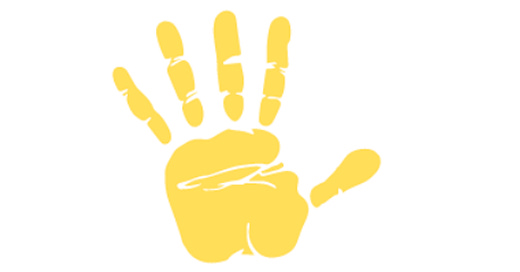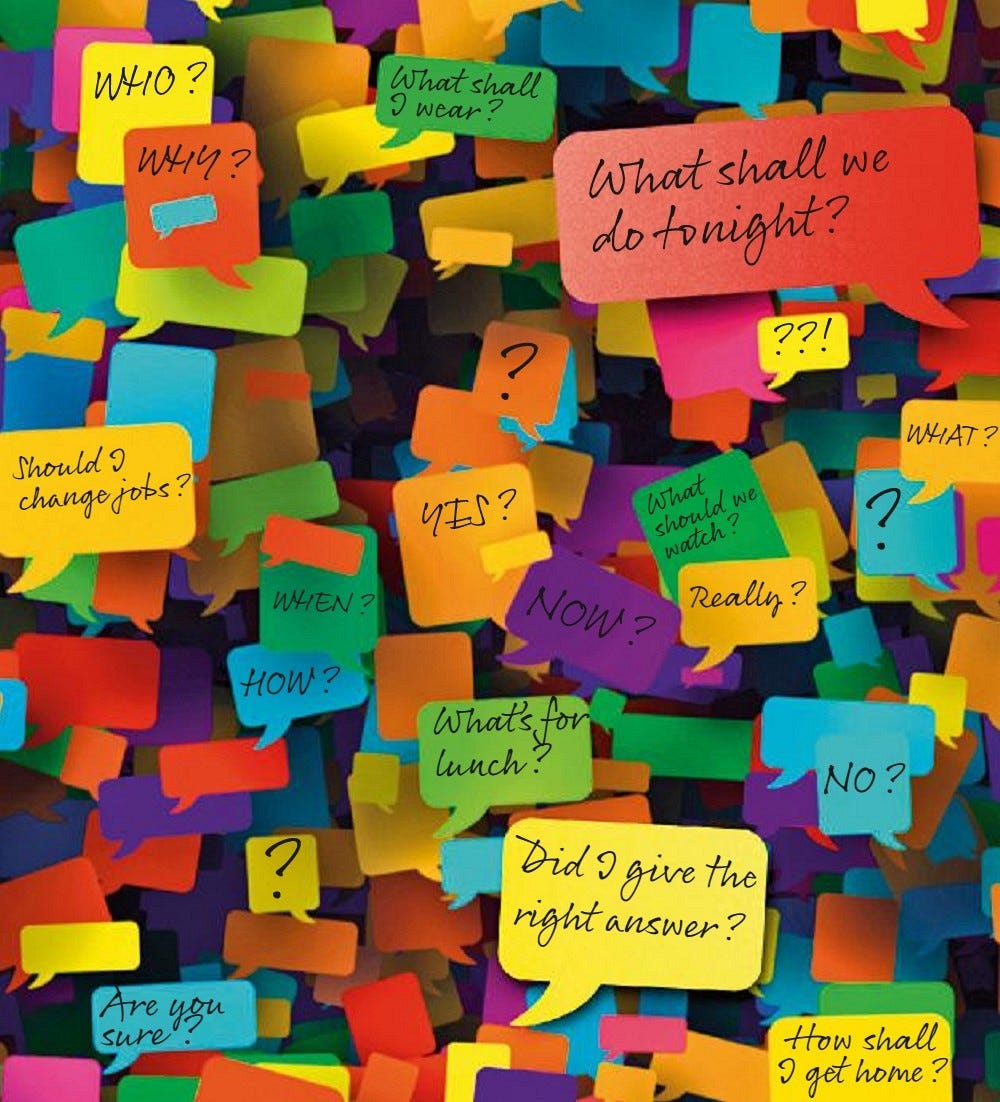Hello readers,
Happy Diwali to you all! 2021 is on the horizon and let’s hope it is much better than 2020. Speaking of horizon, this edition of ‘The High Five’ has an interesting framework called ‘6 horizons of focus’ that I came across some years ago and then forgot. This time around, I took notes about it so that I don’t forget it and I am sharing it here, for better retention :-). In addition, we will also look at a must have attribute these days, for our own sanity and effectiveness - Ignorance… of the right kind.
Sounds curious? Then let me pause descriptions and jump right in.
Life: 6 Horizons of Focus
David Allen of Getting Things Done fame coined ‘6 Horizons of Focus’, which is a time-tested framework for managing one’s career at micro-level and also macro-level. His idea is that the work we do daily can be approached from many altitudes, as there are many different levels of defining what our “work” really is. He roughly categorized “work” into six levels, or horizons of focus. We often have greater control on lower levels of work, the higher levels tend to be lost in cracks of busyness of obscure planning. Here are the 6 levels or horizons:
Ground floor: This is the daily stuff - the tasks at hand, largely driven by our calendar, meetings, to-do list and emails. If you take a hard look at everything we need to do, pared down to task level, these would likely take ~ 300-500 hours to finish. Yet, we manage these by using our own prioritization frameworks.
1st floor: Projects – these are the things that take more than one action step to complete. Again - if we take a hard look at our professional and personal lives, we might have 30-100 of these, many of which do not formally have the label of ‘projects’. Because something like planning a vacation, is also a project.
2nd floor: Job/Role Areas and responsibilities - the broad areas under which the projects are folded. We all play multiple roles, within the same job or profession or stage of life. And each role has multiple responsibilities. For example: You could be both - a manager and a parent. As a manager, your role is to deliver results and another role is to coach your team well. And as a parent, you’d be having certain responsibilities. These are all equally important and require different hats and projects (no matter what label you attach) you create, to be able to do your best.
3rd floor: One- to two-year goals and objectives - that keep evolving based on moving targets. Again, this is not only about your job; it could be personal goals too. We could think of this through some questions like - where do I want to be 2 years from now - in the context of career or personal life? What needs to change and evolve? Getting this level clear always creates some new projects and actions.
4th floor: Three- to five-year vision - in which we want to crystallize our accomplishments, through learning, qualifications, skills, expertise and eminence. And this is heavily correlated to the ecosystem we are in - the growth of organization or other external influencing factors. This could also include ambitions like ‘writing a book’ or ‘becoming an entrepreneur’. Essentially, this horizon serves as a compass for everything we do and this requires periodic introspection and calibration, leading to some projects (formal or informal or side-gigs).
5th floor: Purpose and principles - the big picture that maps to our ultimate life desires. This has a very existential layer - in the sense that it prompts us to think about what’s our real deal, what can give us utmost happiness - from career and personal standpoint. What are those current ‘incompletes’ in life, that inspire us to make 1 move at a time, add 1 brick at a time, to build everything we stand for and everything we aspire for, in our lives. Getting clarity around this, is not a one-time reflection effort but it takes few years at least, in my opinion.
Productivity: Right kind of ignorance… is bliss
A few years ago, I read a piece about why Steve Jobs had a standard attire - black turtleneck and blue denim - particularly in the last 10 years or so of his life. It was to get rid of one aspect of his daily routine - deciding what to wear. And I then observed that some successful people follow the same idea - so that they don't have to waste time making decisions on frivolous aspects of life. It is not that they do not have choices. It is just that they choose to ignore those choices as more choices mean more decisions, leading to decision fatigue. In this article, the author makes a strong case of selective ignorance - that is to consciously decide what to stay away from.
The advent of the internet unleashed the power of choice. And we often assume that more choice means more options and greater is the accuracy of taking smart decisions (after weighing pros and cons). Paradoxically, the opposite happens. The choice overload makes you question the decisions you make before you even make them and leaves you in a perpetual state of FOMO (fear of missing out). Research says that having more options that lead to decision fatigue results in a constant state of stress.
‘Selective Ignorance’ is about knowing what you want and knowing that you can be easily swayed or derailed. Instead of relying on willpower to manage decision-making, people who practice selective ignorance simply avoid situations and environments by drawing their own boundaries and routines. For example: A couple of years ago, I stopped using Facebook. Selective ignorance is not about avoiding curiosity, learning or feedback. It is the intelligence of knowing what to consume/avoid and using the environment/tools effectively so that you don’t have to weigh every decision.
“I consider that a man's brain originally is like a little empty attic, and you have to stock it with such furniture as you choose. A fool takes in all the lumber of every sort that he comes across, so that the knowledge which might be useful to him gets crowded out, or at best is jumbled up with a lot of other things so that he has a difficulty in laying his hands upon it. Now the skillful workman is very careful indeed as to what he takes into his brain-attic. He will have nothing but the tools which may help him in doing his work, but of these he has a large assortment, and all in the most perfect order. It is a mistake to think that that little room has elastic walls and can distend to any extent. Depend upon it there comes a time when for every addition of knowledge you forget something that you knew before. It is of the highest importance, therefore, not to have useless facts elbowing out the useful ones” - as Sherlock Holmes says in ‘A Study in Scarlet’, by Sir Arthur Conon Doyle.
Selective ignorance is the filter for ensuring that only the right new things reach you. And instead of relying on willpower, we need to create environments that shield us from the distractions by simply allowing some ignorance in our lives. Ignorance is indeed bliss, in a very right way, in the era of information overload. My methods have been to stay away from the TV, from Facebook and the news. What are yours?
Career: Who exactly is a Chief of Staff?
I have been in a Chief of Staff role since the last 1.5 years. A lot of people ask me — “so what exactly do you do?”. Given the amorphous nature of the role and the fact that very little has been published about this role, I thought I will write a 5-part series about it, based on my journey and experience so far. This is the 1st article in the 5-part series and I am glad to see many people taking interest in the article. Please read it if it piques your curiosity about the role and it’s growing significance in corporate.
Quote for this week: You teach me, I forget. You show me, I remember. You involve me, I understand. - E. O. Wilson
A fascinating thing I discovered: Cymatics - visualization of sound and vibrations
Cymatics refers to patterns formed by particle vibrations, depending on the material and the frequency of sound. I found it utterly fascinating that controlled vibrations could create interesting patterns that border on art-form. Check this video. Cymatics has influenced art and music, as elaborated in the Wikipedia page.
This week, I am exploring the work of Trilok Gurtu, one of the amazing percussionists, after a very long time. He’s got a new album out - God is a Drummer.
If you liked this edition, please share it with your like-minded friends. And high five to a great weekend!









